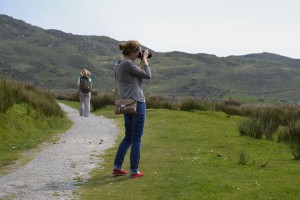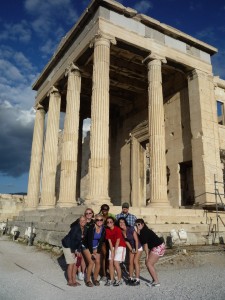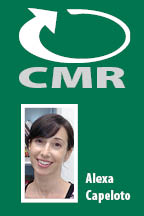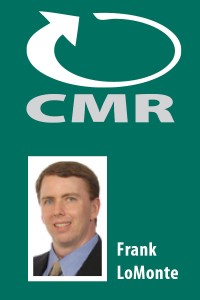Getting the story in Ireland
By Andrea Breemer Frantz, Ph.D. and Lindsey Wotanis, Ph.D.

In his book Community Journalism: Relentlessly Local, Jock Lauterer notes, “Few institutions of higher education offer classes called ‘Community Journalism.’”
This is especially true for the small journalism programs struggling to offer comprehensive curricula with too few hands and too many demands from an industry in mid-reboot.
Thus, according to Lauterer, journalism school graduates are “largely untrained and totally unprepared” for what they will likely face in their first jobs.
But as he and others have suggested, it comes down to this: It’s the story, stupid. And in that concept of “story” we also know it’s about reporters immersing in community to see its issues and experiences through the lens of those who live them.
The challenge lies in helping students, who are inherently transient, to define themselves as part of a community, even if temporarily. Through a study abroad opportunity in Ireland, American journalism students did just that: immersing themselves in local Irish culture to report for a village’s annual publication.








